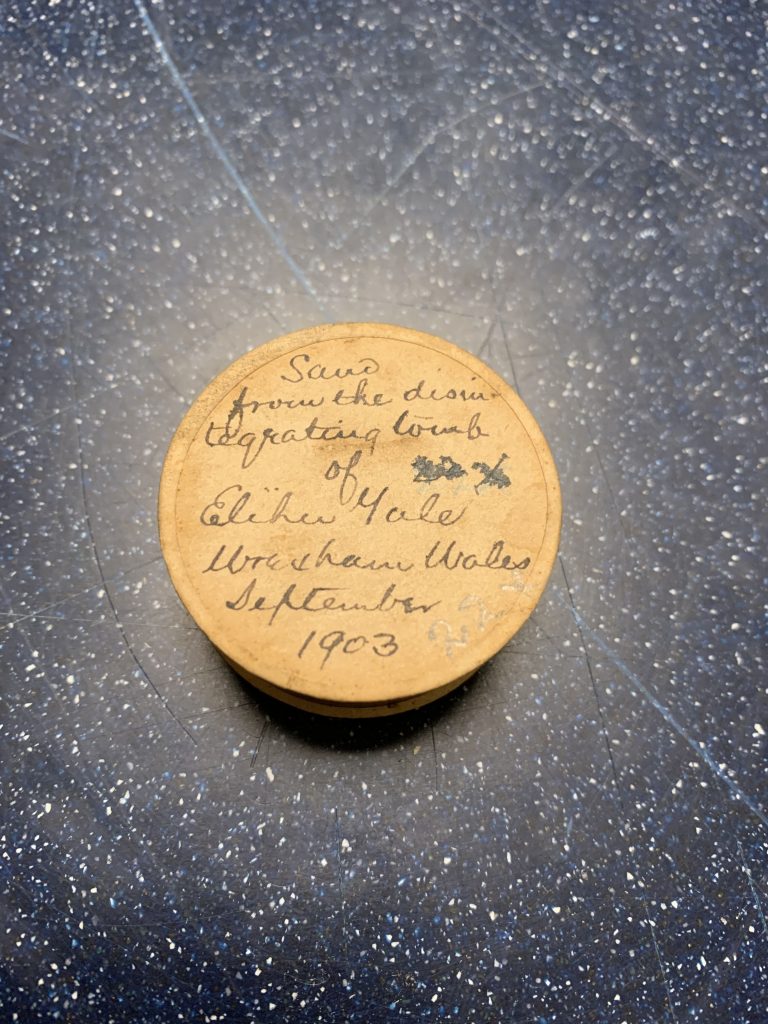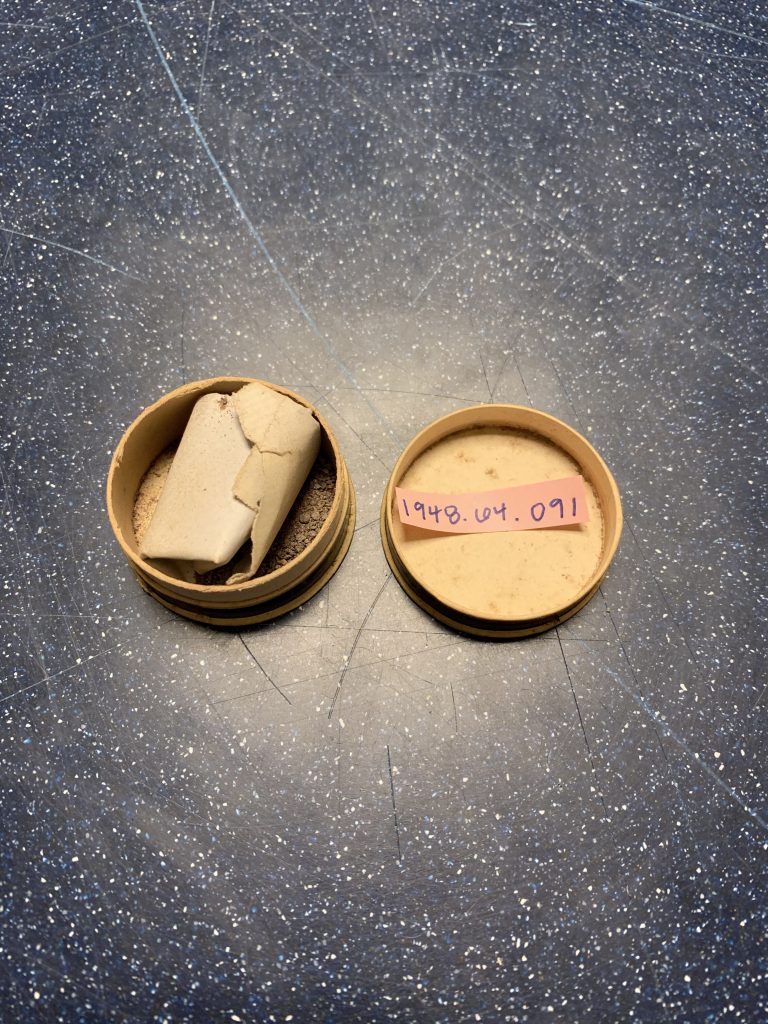- Date Acquired: September 1903
- Place Acquired: St. Giles Church, Wrexham, Wales
- 53.0430° N, 2.9925° W
Reeve, a Yale graduate, apparently obtained sand from the grave of Elihu Yale, the founder of Yale University, at St. Giles Church in Wrexham, Wales on a visit in September 1903. This artifact is most likely soil from the ground surrounding the cemetery because Yale’s tomb is made of stone.
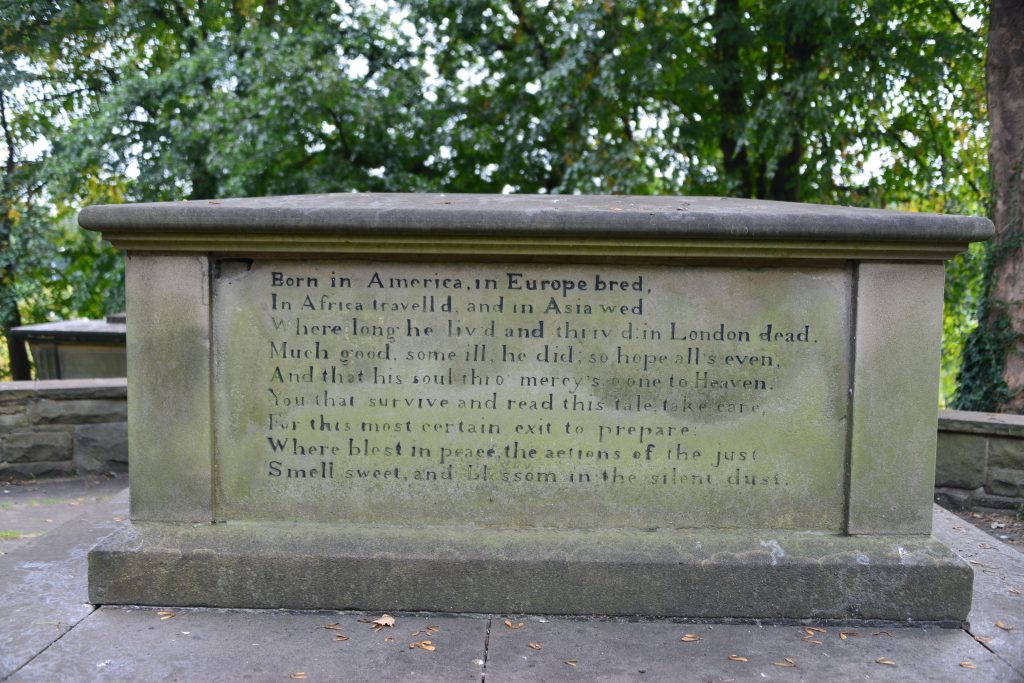
There is some doubt that the labeling of the artifact is correct. Reeve claims that he collected the sand from a badly damaged tomb in 1903 in Wrexham, Wales. However, the original tombstone had been sent to the Yale cooperation in 1874 in a plea for it to be restored. A granite tomb was shipped back to St. Giles Church in 1875 and is still erect today and is in very good condition. This would be the tomb Reeve saw according to the date on the canister. The original tomb was not sent back to Wales because it was stolen. Yale secret society Skull and Bones are suspected in this tomb-napping (Ebsworth, 2019). While there is no definitive answer to whether the Skull and Bones took Elihu’s tombstone or whether it was taken by another party, it raises the question: How did Reeve obtain sand from a disintegrating tomb that had disappeared almost 30 years prior?
Born in America, in Europe bred/In Africa travell’d and in Asia wed/Where long he liv’d and thriv’d; In London dead/Much good, some ill, he did; so hope all’s even/And that his soul thro’ mercy’s gone to Heaven/You that survive and read this tale, take care/For this most certain exit to prepare/Where blest in peace, the actions of the just/Smell sweet and blossom in the silent dust.
St. Giles Church is located in Wrexham, Wales, United Kingdom. The church was constructed in the 15th century following a mix of Decorated style and Perpendicular style. A large medical Doom painting and sculptures still adorn the Church. Yale’s grave is located by the tower’s west entrance. St Giles Church’s tower is considered one of the Seven Wonders of Wales.
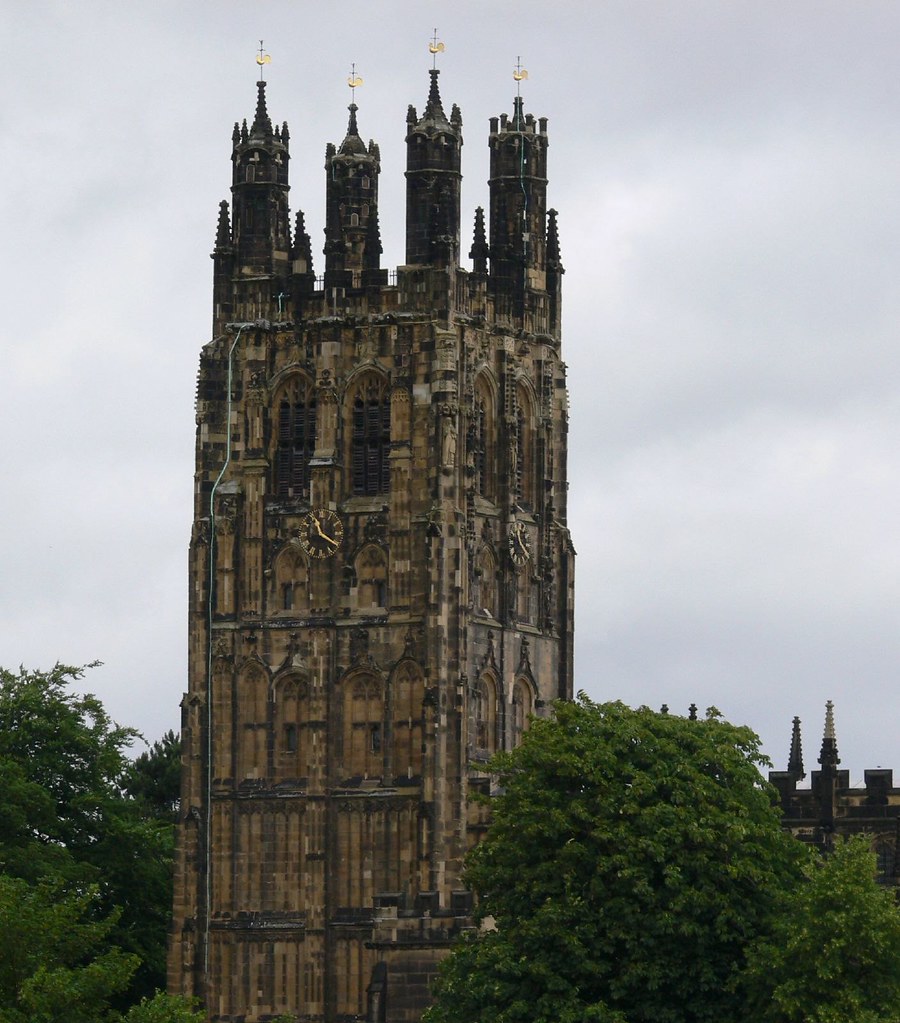
Elihu Yale was born in 1649 in Boston, Colony of Massachusetts. At age 3 he moved to England and continued the rest of his life abroad. Yale made his wealth from working in the East India Trading Company and serving as governor of Madras in India, until 1699. Yale then returned to London for the rest of his life. In 1714, Yale made his first donation of 40 books to the Collegiate School in Connecticut. His second donation of 417 books, a portrait and coat of arms of King George I, and nine bales of goods earned him the namesake of the school (Bingham 128, 132). The Collegiate School in Connecticut was renamed Yale University in 1718. During Yale’s life he survived the resurgence of the bubonic plague in London, the Great Fire of London, a war between Catholic Ruler James II and Protestant ruler William III, the establishment of a Bill of Rights, and the union of Scotland and England. Elihu lived under 5 reigns: Charles II, James II, William III, Anne of Stuart, and George I (BBC). Elihu Yale passed away in London on July 8th, 1721 at age 72. He was buried a few days later at St. Giles Church.
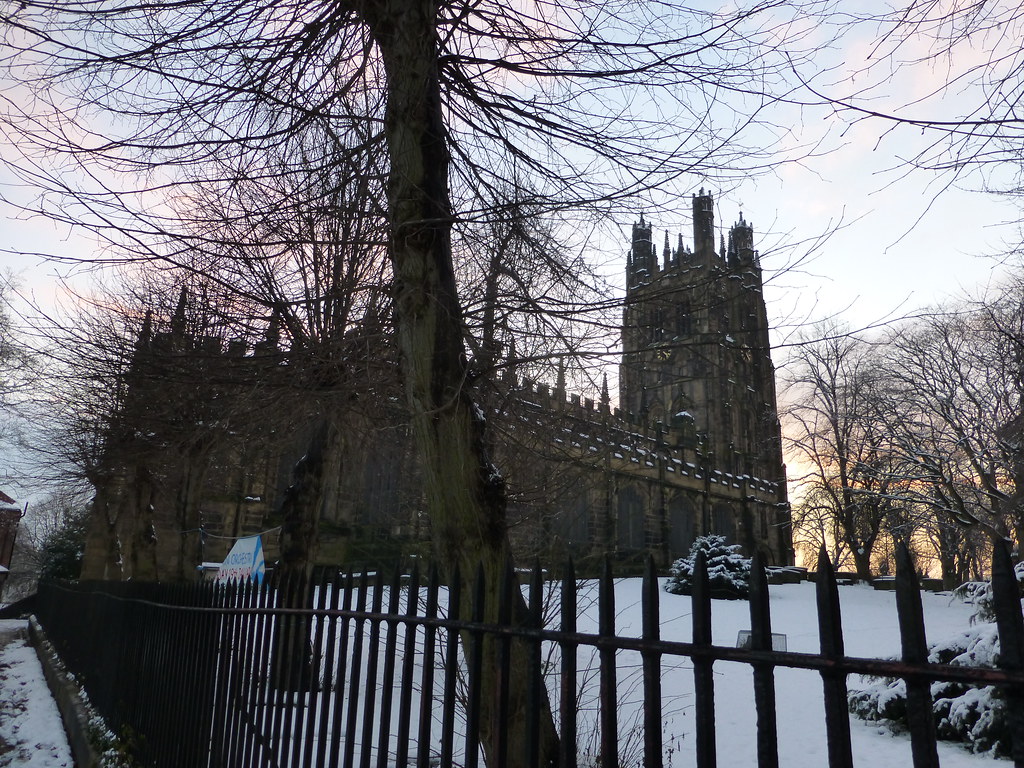
Further Reading
- 1899-1971. “Yale tomb: miscellaneous photographs, sketches, postcards, correspondence, printed matter.”Elihu Yale Collection (MS 566). Manuscripts and Archives, Yale University Library.
- Bingham, Henry “Elihu Yale Governor.. 1937 Collector and Benefactor.” Proceedings of the American Antiquarian Society 47, no. 1
- “Civil War and Revolution.” BBC. BBC. http://www.bbc.co.uk/history/british/timeline/civilwars_timeline_noflash.shtml.
- “Elihu Yale Governor.. 1937 Collector and Benefactor.” Proceedings of the American Antiquarian Society 47, no. 1: 141–42.
- Gourlay, T. 1905. ” Watercolors of Yale tomb and Wrexham Parish Church.” Elihu Yale Collection (MS 566). Manuscripts and Archives, Yale University Library.
- Ebsworth, Dave. “The Strange Case of Elihu Yale’s Tomb.” David Ebsworth, November 18, 2019. http://www.davidebsworth.com/the-strange-case-of-elihu-yales-tomb.
- Hoile, Sarah. 2018.”Coffin Furniture in London C. 1700-1850: The Establishment of Tradition in the Material Culture of the Grave.” Post-Medieval Archaeology 52, no. 2: 210-23.
- Jenner, Mark. 2005.”Death, Decomposition and Dechristianisation? Public Health and Church Burial in Eighteenth-Century England.” The English Historical Review 120, no. 487: 615-32.
- Morrill, John S., and Asa Briggs. 2020. “18th-Century Britain, 1714–1815.” Encyclopædia Britannica. Encyclopædia Britannica, inc.,
- Shaw, Robert. 1898, 1904. “Drawing of Yale tomb, with related correspondence.” Elihu Yale Collection (MS 566). Manuscripts and Archives, Yale University Library.
- St. Giles Wrexham Parish Church. 1828,1901-1979. “Miscellaneous photographs, postcards, correspondence, printed matter.”Elihu Yale Collection (MS 566). Manuscripts and Archives, Yale University Library.
- Thomas, P. D. G. 1998. “Politics in Eighteenth-century Wales”. Cardiff: University of Wales Press.
- Smellie, K. B. 1962. “Great Britain since 1688. A Modern History.” Ann Arbor: The Univ. of Michigan Press.
